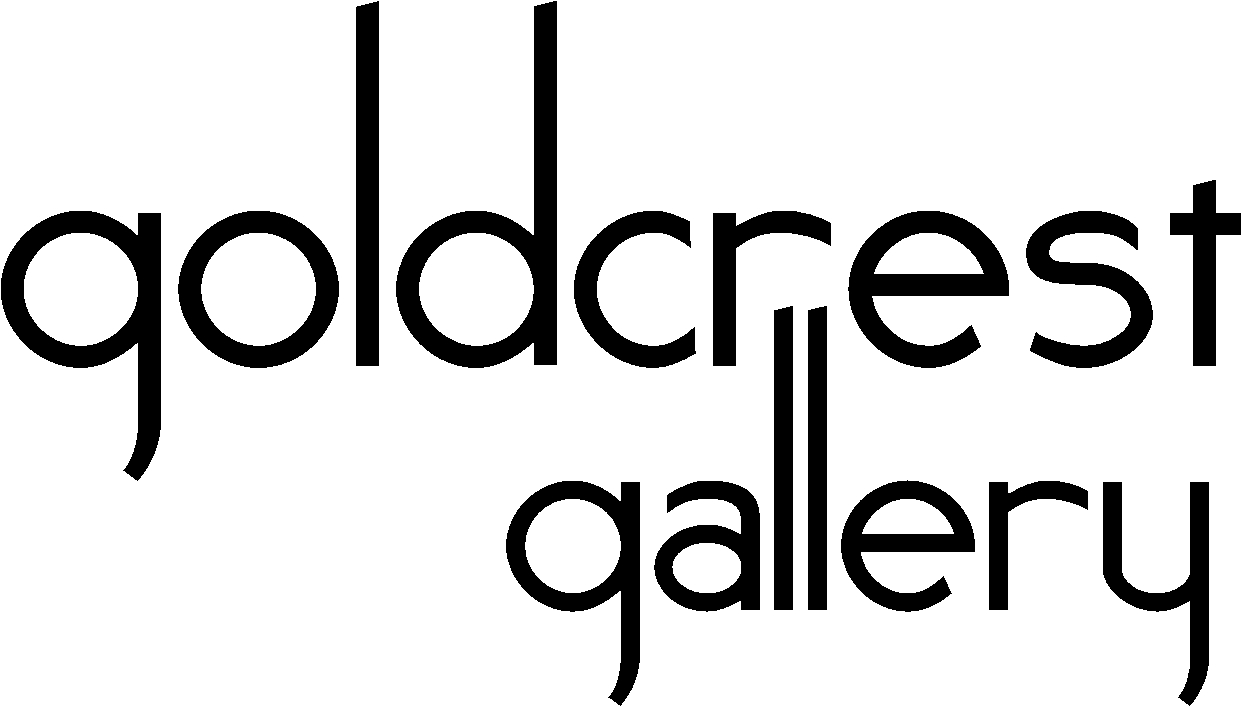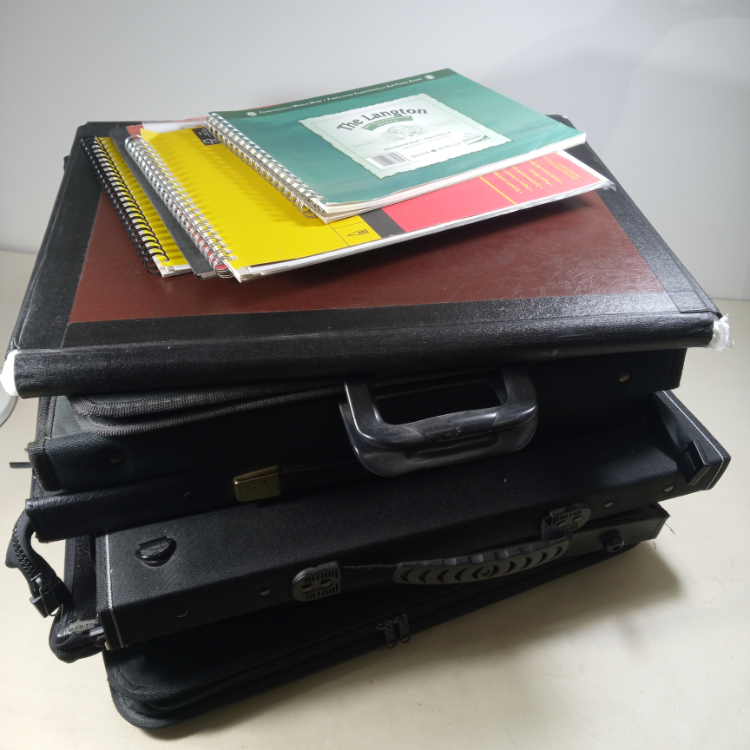Creative Block is something that happens to all of us at some time. It can vary from being a downward swing in the quality of our work to a complete lack of motivation or inspiration. This can occur when our order books are full, or when no-one seems to notice our work at all. Somehow, we lose our appetite for work, which used to be satisfying and fulfilling for us. So, how do we escape from this fallow period and resume our work with enthusiasm again? Read on to discover 12 Ways to Overcome Creative Block!
1. A period of rest
The first of our 12 Ways to Overcome Creative Block is to recognise that fallow periods are like fallow fields: sooner or later the ground recovers and new produce emerges. A period of rest can be greatly beneficial, especially if tiredness is the root cause of our creative block. It may be that taking two or three days off work is all we need to re-charge our creative batteries. With creative work, “absence makes the heart grow fonder”. So being absent from our drawing boards, computer screens, easels or keyboards can make our work appeal to us again.
2. Revisit old successes
But the trouble is that creative block may come at a very inconvenient time for us to take a break. We have commissions to fulfil, blogs to write, we need new products for our website. Downing tools and escaping is not an option. Yet, the ideas will not flow! We can sometimes find new hope and inspiration from re-visiting our previous successes. Just as reading through our CV reminds us about our achievements and confirms our sense of worth, so looking through our portfolios can encourage us. When we see evidence of our ability there in front of us – especially if we have not looked through our work for a while – we feel more hopeful and optimistic about our creativity. Optimism is a big factor in creative enthusiasm. We begin a piece of work with optimistic hopefulness, and complete it with a sense of fulfilment and satisfaction. So let’s have a fresh look at our successes!
3. Trawl through sketchbooks
And while we’re at it, we should remember to search through those sketchbooks. Sometimes the spark we need to re-vitalise our creative ideas is hiding away in a forgotten sketchbook or journal. At the time, we overlooked the possibilities of the idea, or we had other projects demanding our attention. But now it is just what we need to kick start a whole new flow of creative output.
4. Try easier media
In a period of creative block, we may shrink from the effort involved in producing, say, one of our best watercolours. Or we feel uninterested in completing another set of clay pots. At the moment, we need quicker, easier results. This is the time to try a new, simpler medium or style. For example, line and wash is easier to use than watercolour and pencil. Pastels can provide a welcome break from painting. Collage in two or three dimensions is freer and more spontaneous than drawing or sculpting.
5. Go somewhere new
It is important in periods of creative block to try visiting a completely new place. Depending on time and budget, this could be Thailand for two weeks, or an afternoon visit to a botanical garden! The point is that we need to go somewhere new and unknown. “A change is as good as a rest”, and it can be such a help with recovering our creative inspiration.
6. Use word notes
Photographs and sketches of inspiring scenery are a useful creative tool. When we get back to the studio, we may find new mileage in these records of places which inspired us. But in a real creative slump, we might be much more refreshed if we do our sightseeing without taking either photos or sketches. Try simply jotting down word-based descriptions of what you see. With no images, just write phrases such as “smooth, limpid pool with glistening lily pads”, or “striking dart of kingfisher blue”, or “pale cream moon in a turquoise and lilac sky”. When we no longer have these scenes in front of us, our words will act as prompts for the imagination that will lead to something fresh and original.
7. Music and mood
Playing music tracks which we enjoy can encourage a creative mood. Music can either enhance or counteract our emotions, and this is useful when we want to feel more creative. Some artists prefer the company of the radio while they work. A good play or an interesting documentary can liberate our minds from the mechanics of our work process. Feelings of boredom or repetitiveness may be putting us off our creative work.
8. Pull out of the news
While listening to music or radio programmes can unlock our ability to create, the news and social media may drain us emotionally. Sometimes we feel more peaceful not knowing quite so much detail about negative happenings in the world. Turning off the news for a while may set our creative imaginations free from heaviness. We can feel buoyant and productive again.
9. Creating for free
The pressure of commercial constraints can have a stultifying effect on our creative work. We may feel inhibited or controlled by customer expectations. Certainly, we have to bear in mind financial considerations. It’s no good painting a picture of a teddy bears’ picnic if a classy hotel has commissioned you to produce some fine art prints for their lounge! But the teddy bears’ picnic might be just what a local hospital would love to have in their children’s ward. In other words, producing something you want to create for someone who might not have the money to commission you is a big liberator of creativity. Freedom and giving are a powerful combination. And the gift will return to you in the flow of fresh ideas.
10. Freedom to fail
The liberty to experiment is crucial in creativity. Freedom to fail is a well-recognised principle of producing original ideas. We should take time out of our work routine to have a go at something which might not come off. This is key to warding off creative block!
11. Six days
Probably the most important way to prevent creative block from returning is to work only an absolute maximum of six days per week, whatever the deadline. A weekly day of rest is how human beings roll, and the need for these days will probably resurface later on as a fallow period of creative block if we neglect to take them. Getting enough sleep is the same sort of principle.
12. Clearing out and helping out
Finally, if we are in the creative doldrums, this is the time to clear out our studios and offices. Let’s throw away the clutter and change the displays on the walls. We can reorganise our portfolios and work files. And this is also a great time to help someone out, trusting that as we give away some of our time, we will receive it back later on, along with our much-refreshed creativity!
If you have a moment, we’d love to know how any of these 12 Ways to Overcome Creative Block has helped!



